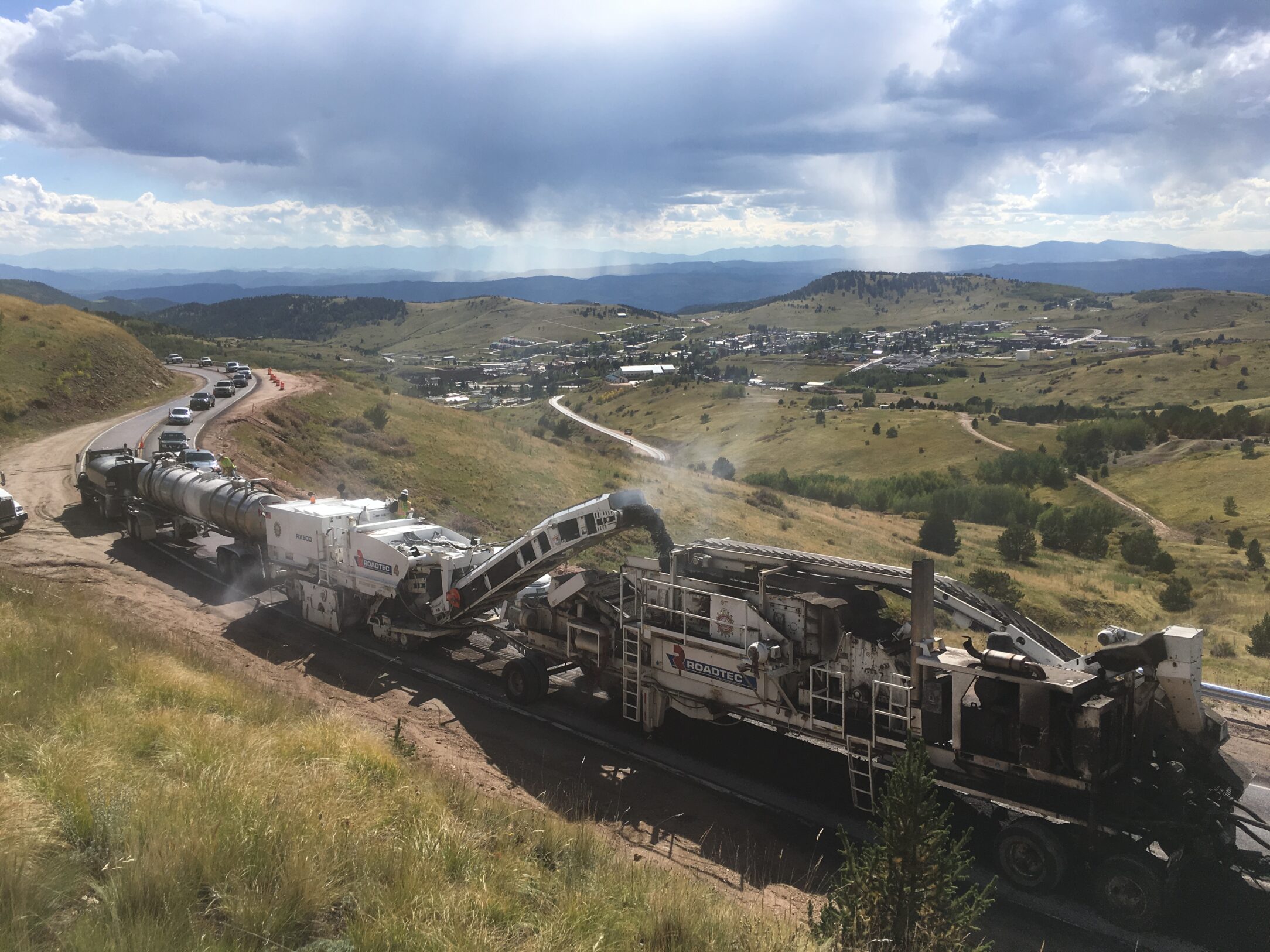
Cold In-Place Recycling (CIR) is an innovative method used in road construction and rehabilitation that offers several environmental benefits:
- Reduced energy consumption: CIR eliminates the need for extensive heating of materials, as required in traditional hot mix asphalt methods. This significantly reduces energy consumption and associated greenhouse gas emissions.
- Preservation of natural resources: By reusing existing pavement materials, CIR reduces the demand for new aggregate and asphalt, thus preserving natural resources.
- Minimization of waste: CIR recycles existing pavement materials on-site, minimizing the need for disposal in landfills and reducing the environmental impact of waste management.
- Lower carbon footprint: Due to reduced energy consumption, preservation of natural resources, and minimized waste generation, CIR generally results in a lower overall carbon footprint compared to conventional road construction methods.

The CIR process involves several key steps:
- Milling: The top layer of the existing pavement is milled to a predetermined depth, typically 2 to 4 inches, using specialized equipment.
- Recycling: The milled material is then mixed with an asphalt emulsion or foamed asphalt and any necessary additives to improve properties such as strength and durability. This mixture is processed on-site using specialized equipment.
- Placement: The recycled mixture is placed back onto the milled surface and compacted to form a new pavement layer. Additional compaction may be performed to achieve the desired density and smoothness.
- Curing: The newly recycled pavement is allowed to cure and set, typically through natural processes or by applying a curing compound.
Overall, CIR offers a sustainable alternative to traditional road construction methods by efficiently reusing existing materials and reducing environmental impact.
